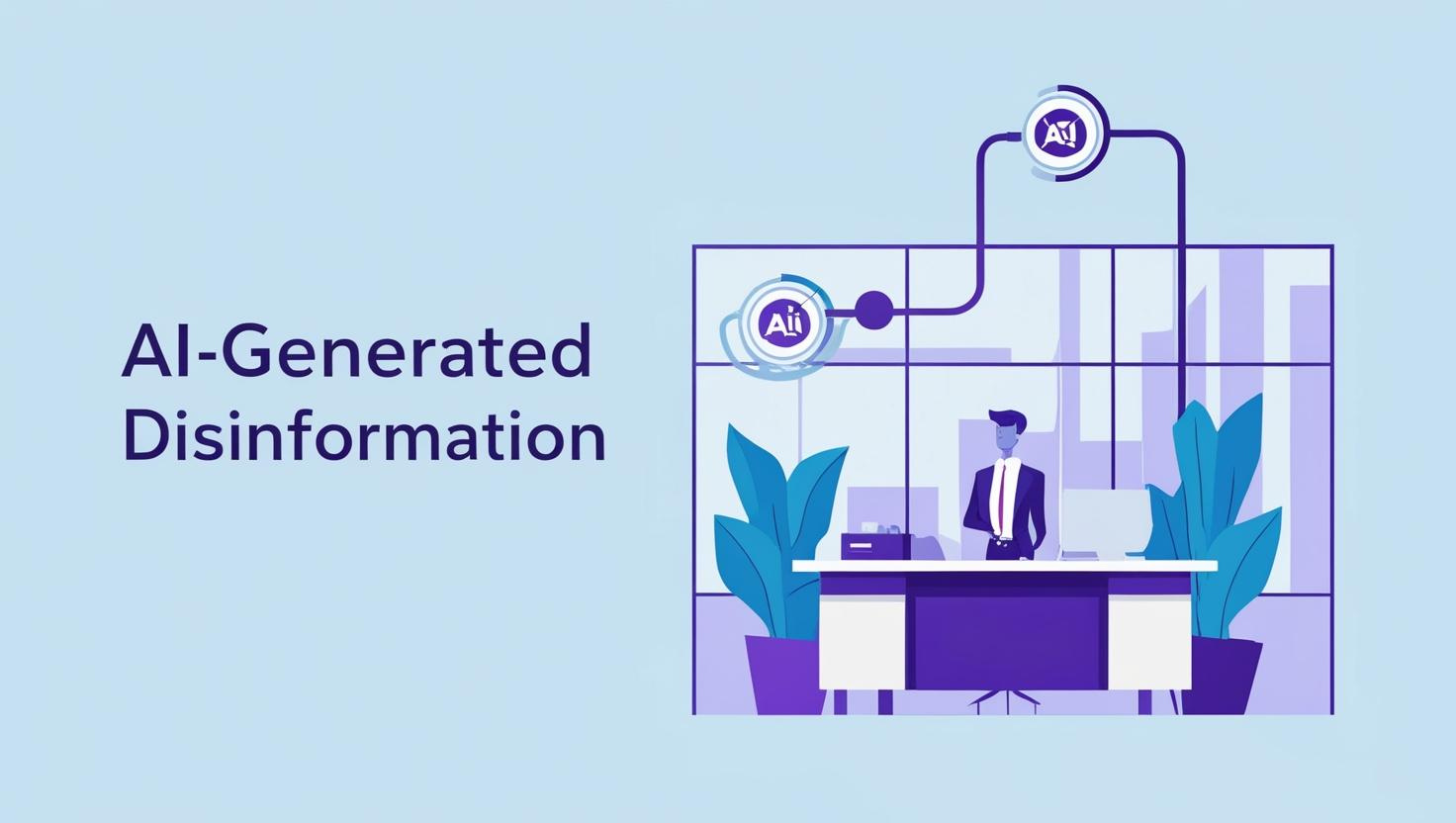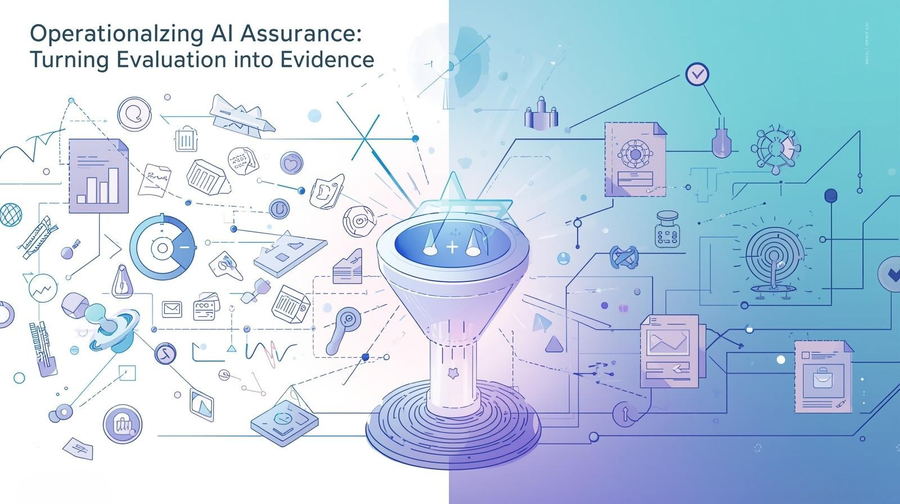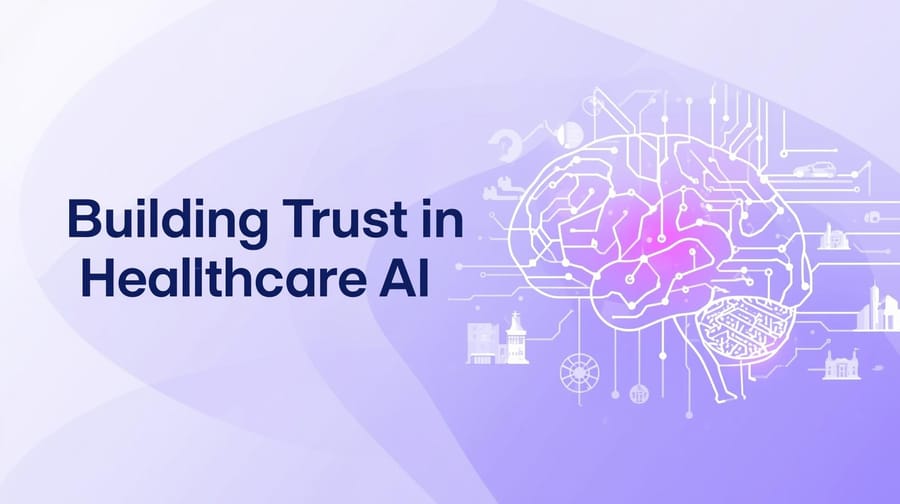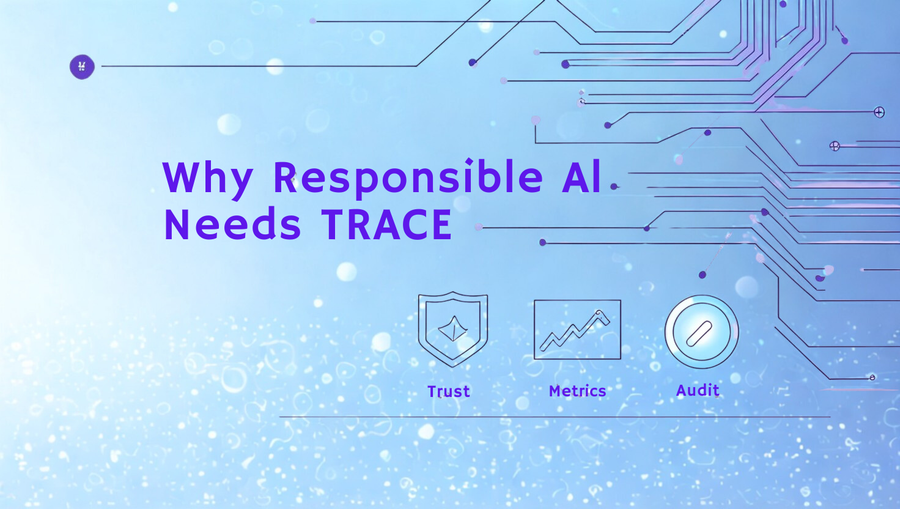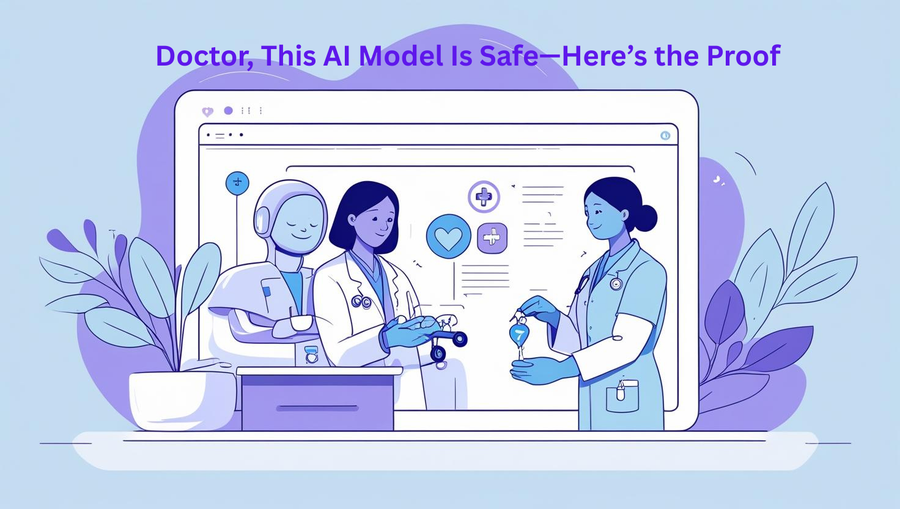Introduction: The Rising Threat of AI-Generated Disinformation
Artificial Intelligence (AI) has revolutionized content creation, enabling automated news generation, chatbots, and deepfake technology. While AI enhances productivity, it also presents a growing risk of AI-generated disinformation—misleading or false content created at scale to manipulate public perception, spread fake news, and deceive consumers.
With AI models capable of generating highly realistic text, images, and videos, distinguishing fact from fiction is becoming increasingly difficult. This raises urgent concerns for governments, enterprises, and social media platforms in combating AI-driven misinformation.
Why AI Governance is Critical
✅ Prevents the spread of AI-generated fake news and deepfakes.
✅ Ensures AI models are aligned with ethical and legal standards.
✅ Enhances public trust in AI-driven content moderation.
✅ Protects businesses from reputational and regulatory risks.
🔹 Example: In 2024, a deepfake video of a political leader was widely shared on social media, influencing election debates before fact-checkers could intervene. AI governance policies could have mitigated this risk.
1. Understanding AI-Generated Disinformation
AI-generated disinformation refers to false or misleading content produced by AI models, including:
- Deepfake videos – AI-generated videos that impersonate real people.
- Synthetic text generation – AI-generated fake news, reviews, or social media posts.
- Fake images & audio – AI-created deceptive content used for fraud or misinformation.
- Automated bot networks – AI-powered accounts amplifying misleading narratives.
Why It’s a Growing Problem
- Generative AI advances (e.g., ChatGPT, DALL·E, and deepfake tools) are making misinformation more convincing and scalable.
- Bad actors weaponizing AI for election manipulation, financial scams, and social engineering.
- Limited regulatory oversight on AI content generation allows misinformation to spread unchecked.
🔹 Example: AI-generated fake job postings and phishing emails tricked thousands of job seekers into revealing personal information.
2. How AI Governance Can Counter AI-Generated Disinformation
AI governance frameworks ensure responsible AI deployment by incorporating policies, monitoring mechanisms, and technical safeguards.
🔹 1. Establishing AI Content Authentication & Watermarking
- Implement AI-generated content labeling to distinguish real vs. synthetic media.
- Develop AI watermarking standards for text, images, and videos.
- Work with regulators (EU AI Act, NIST AI RMF) to define authentication policies.
🔹 Example: OpenAI and Google are developing digital watermarking tools to identify AI-generated images and prevent misinformation.
🔹 2. Enforcing Transparency in AI Models & Algorithms
- Require disclosure when AI-generated content is used in news, advertisements, and policymaking.
- Promote explainable AI (XAI) to track AI decision-making processes.
- Ensure open AI audits to detect misinformation risks before deployment.
🔹 Example: The EU AI Act mandates transparency for high-risk AI systems to prevent deceptive AI practices.
🔹 3. Deploying AI-Powered Fact-Checking & Content Moderation
- Use AI-driven fact-checking systems to detect and flag misinformation in real time.
- Train AI models to identify bias, propaganda, and misleading narratives.
- Implement collaborative fact-checking networks between AI developers, media, and regulators.
🔹 Example: Meta and Twitter use AI-powered content moderation to detect and limit the spread of fake news on social media.
🔹 4. Strengthening AI Model Ethics & Bias Controls
- Develop AI guardrails to prevent the misuse of generative AI.
- Train AI models with fact-based, diverse datasets to reduce bias.
- Implement usage policies restricting AI from generating harmful content.
🔹 Example: AI platforms like ChatGPT and Bard reject prompts related to misinformation, hate speech, and election tampering.
3. The Role of Governments & Enterprises in AI Governance
Government-Led AI Governance Initiatives
- EU AI Act – Requires transparency and risk assessments for AI systems.
- White House AI Bill of Rights – Calls for AI accountability in critical sectors.
- China’s Deepfake Law – Mandates disclosure of AI-generated media.
🔹 Example: The U.S. government is working with AI companies to regulate deepfakes in elections.
Corporate AI Governance Strategies
- Establish AI ethics boards to oversee content integrity.
- Adopt AI compliance frameworks (ISO 42001, NIST AI RMF).
- Invest in AI-driven misinformation detection tools.
🔹 Example: Microsoft’s Responsible AI Principles focus on ensuring AI systems are transparent and accountable.
4. Challenges in AI Governance for Disinformation Prevention
While AI governance is essential, it faces key challenges:
❌ Difficulty in detecting AI-generated deepfakes.
❌ Lack of unified global AI governance frameworks.
❌ AI models being exploited for misinformation before regulations catch up.
🔹 Solution: More collaboration is needed between governments, AI developers, and media platforms to implement real-time disinformation tracking.
5. Future Trends in AI Governance & Disinformation Prevention
🚀 AI-powered fact-checking will become standard – Real-time verification tools will be embedded in search engines and social media.
🚀 Stronger regulations for AI-generated content – The EU AI Act and U.S. policies will set stricter AI transparency laws.
🚀 Blockchain & cryptographic watermarking – AI-generated content will be traceable through blockchain verification.
🚀 AI governance automation – AI compliance dashboards will monitor misinformation risks in real-time.
🔹 Example: Tech companies are developing AI governance-as-a-service (GaaS) to help businesses manage AI risks proactively.
Final Thoughts: Why AI Governance is Essential to Stopping Disinformation
AI-generated disinformation poses a serious threat to democracy, security, and public trust. Strong AI governance frameworks, transparency policies, and real-time monitoring are essential for preventing AI misuse.
✅ Implement AI watermarking & content labeling to track AI-generated media.
✅ Adopt explainable AI models to improve algorithmic transparency.
✅ Invest in AI fact-checking & misinformation detection to limit the spread of fake content.
✅ Support global AI regulations & compliance frameworks to ensure responsible AI development.

